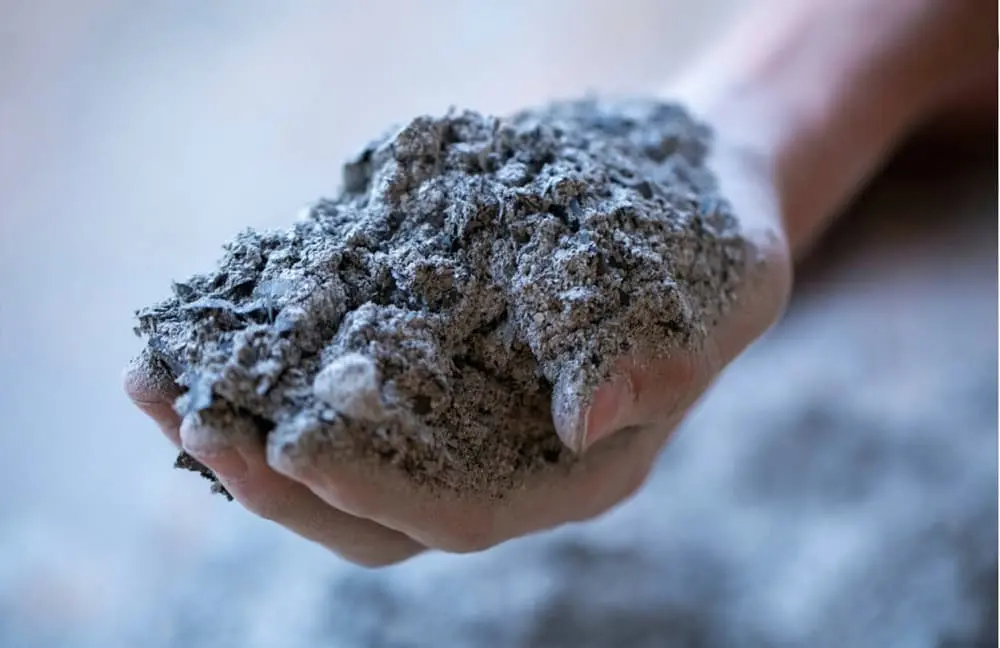
Crucible materials for induction furnace smelting should meet the following requirements.
1. The crucible material must have high refractoriness
Since the temperature of molten steel during smelting can be as high as 1700°C, the refractory resistance of the crucible material must not be lower than this standard, and should even reach above 1750°C. For smelting cast iron, the refractoriness of the material should be maintained at least 1600°C.
2. Excellent chemical resistance
In the complex environment of high-temperature molten steel, high vacuum, and highly alkaline slag, the crucible material should not participate in chemical reactions and exhibit good chemical stability.
3. Good thermal shock resistance
The crucible needs to withstand rapid temperature changes from high-temperature molten steel to an empty furnace. Therefore, the crucible material must have good resistance to rapid cooling and rapid heating to ensure that it does not crack during the temperature change process, thereby extending the service life.
4. High-temperature strength
During the smelting process, the crucible will experience various stresses, such as the impact of the charge, the static pressure of the molten steel, the force of the electromagnetic stirring of the molten steel, the temperature difference stress of the crucible, etc.
Therefore, the crucible material should have sufficient high-temperature strength and not crack under the action of various forces.
5. Excellent insulation performance
The crucible wall between the molten steel and the induction coil bears a voltage of tens to hundreds of volts. Therefore, the crucible material is required to have good insulation properties at high temperatures to prevent the crucible from breaking down.
6. Low thermal conductivity
During the smelting process, when the temperature difference between the inside and outside of the crucible is the largest, it can reach about 1400~1600°C. At the same time, 10%~15% of the total heat supply will be lost outward through the crucible wall. In order to reduce heat loss during the smelting process and improve thermal efficiency, the crucible material should have low thermal conductivity.
7. Environmental protection
Crucible materials should not release harmful substances during use, and their waste should also be disposed of harmlessly to ensure no pollution to the environment.
8. Economics and supply stability
Considering the large consumption of crucible materials during the smelting process, the selected materials should ensure stable supply and reasonable prices to meet the continued demand for production.
